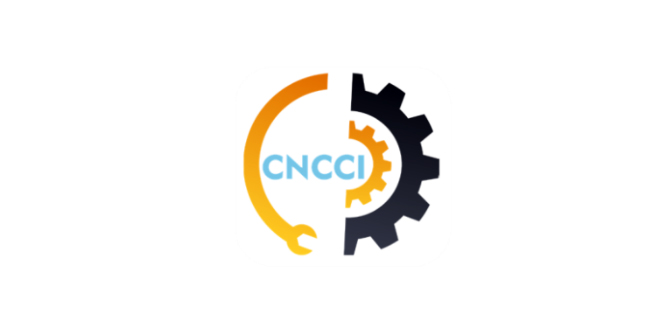Age is a factor, bound only by time and aging is a natural irreversible phenomenon which occurs in various ways, influenced by the surrounding factors. The National Institute of Occupational Safety and Health in Atlanta, Georgia defines productive aging as the positive aspects of growing old while having the capacity to make significant contributions to their own lives, communities and organizations, and society as a whole. (NIOSH, 2012)
Martin Seligman, a prominent face of Positive Psychology, has a rather remarkable approach towards life, improving the living mental condition through positive intervention. However, it is only appropriate to incorporate the theory of Seligman into the context of the productive individuals from the elderly Naga community through the lens of positive psychology.
Despite of ongoing awareness programs on old age and establishment of old age homes, there are barely any prominent efforts made whereby healthy lifestyles of elderly are observed and integrated into activities of daily living to benefit the aging community. Likewise, the lack of guidance on appropriate caretaking, marked by lack of imposed behaviors, is found to be another area lacking due consideration. Henceforth, this study will lean towards understanding the positive traits exercised by 50 retirees (42 males and 8 females) from Government job among the Ao, Chakhesang and Phom tribes who are above 60 years of age, using an exploratory research design.
The findings and interpretations are categorized into three sections:
Positive conduct-I (Conduct/ Habits): The participants indicated that they regularly maintained a balanced diet consisting of required nutrition. This meant they monitored the intake of cholesterol-rich diets such as red meat, oil, butter and packaged food while maintaining a balance with organic products, grown locally.
12 respondents exercise regularly whereas the rest, i.e. 38 do not exercise on a daily basis but are involved in daily chores and other household works. Some of the activities included taking walks, going for marketing, waking up early, fetching water and splitting firewood, gardening or farming at a larger scale.
Other positive conducts include storytelling which, according to some of the respondents, was a useful mental exercise in maintaining memory power. They were confident that story-telling itself being a repetitive process allowed better recollection of information, sometimes crucial to activities of daily living.
Parallel to what Seligman outlines, socialization being a key element to happiness, the 100% affirmative response from the participants support social life as a necessity towards maintaining both mental and physical wellbeing.
Positive Conduct-II (Areas affected by Positive Conduct): The areas positively impacted by positive conduct are mental wellbeing, emotional state, physical health and socializing abilities.
The findings indicate that all the participants are positively affected by the emotional state and social abilities or interaction. In addition, 99% of the participants gave a positive response towards sound physical health as a result of past positive lifestyle.
Motivational Factors: The data findings of participants on motivational factors that affect productive aging has been classified into three sections in order to record data depending on the type of response. The section encompassing the impact of attitude on aging displays a high percentage, i.e. 86 in terms of maintaining positive mindset and contentment, and an average of 52% on youthful nature brought about by the positive attitude.
The second section deals with the source of motivational factors such as sense of responsibility, financial security of family, desire to help, personal interest and external motivation from friends or family. Here, personal interest and urge to help others indicate greater source of motivation towards active lifestyle and participation.
As per the findings, continuous practice is crucial towards reinforcing consistency of the positive conduct. Besides practice, 28 participants found curiosity to learn more, as an important element towards reinforcing a positive behavior. Self evaluation was another aspect where 21 participants highlighted the importance.
Autonomy and Productive Aging: Autonomy and productive aging are found to be interlinked. 96 % of the participants feel self determined and in control of their life through self-reliance and self-service. How the autonomy in decision making affects productive aging is a matter of perspective and experience.
Decision making, according to the participants, gives an individual, in his old age, a sense of responsibility and self-sufficiency. Majority of the participants, i.e. about 96% of those who responded, mentioned decision making gave them a significant place in the family.
They widely held the belief that the practice of independence was itself vital for both physical and psychological wellbeing. Likewise, about 94% of the participants felt Independence gave them a sense of freedom and satisfaction that was not bound by anyone or anything.
The overall understanding is that, in the elderly tribal community of Dimapur, productive aging is dependent on both the caretaker’s approach and attitude of the individual. The lack of imposed behavior is seen as a fundamental element allowing the elderly to practice independence thus giving autonomy to progress further. In other words, the statement of an active or progressive life is fulfilled in a rather higher level of existence that goes beyond “merely being to a position of self-sustaining and functioning”.
Understanding positive conduct is key to eradicating stereotypical way of thinking that old age is only degenerative and troublesome. Hence, sincere effort is required besides innovative collaboration of ideas and hard work on the part of many to make aging pleasant and progressive.



